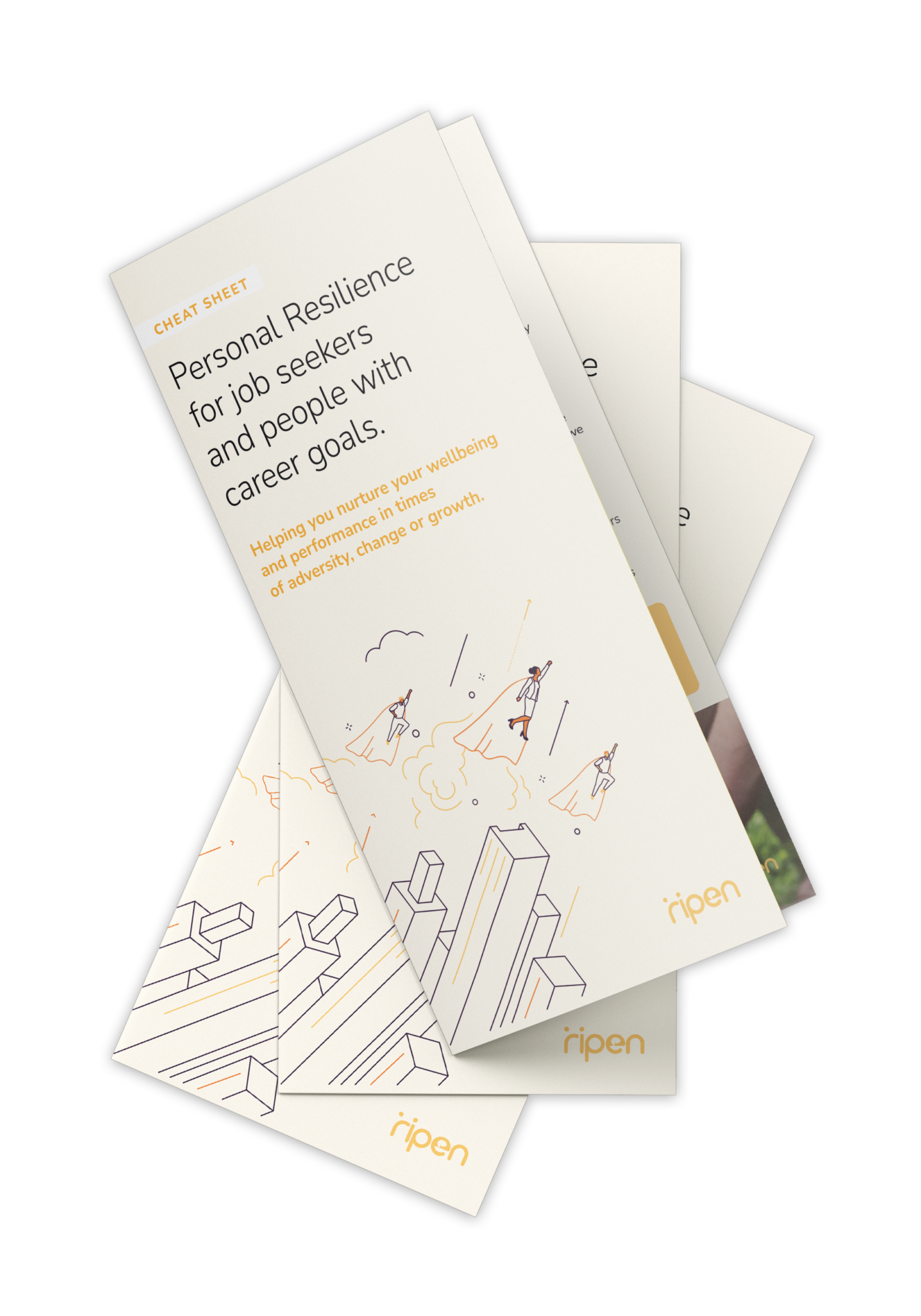
How Leaders Cultivate Team Resilience
They Nurture Team Resilience, Focus on building the right Resilience skills and behaviours, and Provide a collective vision.
Whether working remotely or side-by-side, cultivating Team Resilience is about ensuring everyone is equipped to handle whatever challenges arise, together. Below is how the best Leaders cultivate Team Resilience, including:
- Nurturing Team Resilience.
- Focusing on the right Resilience skills and behaviours.
- Providing a collective vision.
Nurturing Team Resilience
1. Open a Dialogue about Resilience.
‘Wellbeing’ is often perceived as fluffy and ‘mental health’ still has a huge stigma attached to it. Take the conversation away from headlines that might alienate some people, and instead have an open dialogue with employees. What is preventing people from being at their best? What tools and strategies do they use for coping with adversity? What will help them move forward?
The message leaders should convey is, “We recognise you’re having a tough time, and that’s nothing to be ashamed about. What can we do to help you?”
2. Give Teams a common framework to think / talk about their Resilience.
Resilience has been increasingly weaponised in recent years and a way to put the responsibility back on the individuals or teams facing challenging circumstances. People are often told, “You need to be more Resilient! You need to meditate, you need to eat right, you need to exercise”. Without a common way of talking and thinking about Resilience and why it is important, it becomes impossible to bring people on the journey for building Team Resilience. You might even consider ways for identifying or measuring Team Resilience.
3. Build Resilience, together.
Far from being reserved for leaders and those struggling, true Resilience is developed in a team environment and carried by the collective contributions of each person. Leaders of highly Resilient teams have learned to build their individual Resilience, but so have their colleagues. They’ve collectively learned a practical and proven set of Resilience abilities, enabling them to harness a Resilient mindset and Resilient habits day-to-day. By building their Resilience together, the team is set up to support each other during even the toughest challenges and hold each other accountable for monitoring and maintaining optimal wellbeing and performance, as a unit.
Resilience = Retention & Motivation!
93% of Resilient employees say they would want to stay with their employer, while 86% of Resilient employees feel fully motivated at work. – Aon, Rising Resilient (2020)
Focus on the Right Resilience Skills & Behaviours
Outcomes for Teams who receive Resilience Skills Training:
- Adapt their mindset and behaviours for optimal wellness and performance, even in the toughest circumstances.
- Control their perspective towards finding purpose and action, in any situation faced.
- Apply proven habits for experiencing high levels of emotional strength and vitality, at work and in day-to-day life.
- Embrace change and find meaning, adopting suitable coping strategies for leaning into uncertainty in good times & bad.
Science has proven Resilience is a learned set of abilities. We are not simply born Resilient. These abilities enable us to endure hardships and still be our best. Not to bounce back. But to move forward. By having healthy ways to face hardships, get the job done, and still become a better version of ourselves in the process.
Provide a Collective Vision
Leaders of highly Resilient teams implement a clear vision and a sense of “we are in this together” that extends across all levels of the organisation. What is the best way to do this?
Vision: The best organisations do not allow change to cloud their vision, but they might revise their approaches to achieve that vision. Other times, however, they know when a new vision is required for navigating a changing landscape.
Understanding: During such an unpredictable environment, the best leaders fully understand the impact of changes and invest in helping people develop personal strategies to manage their mindset, emotions and response to these changes.
Clarity: Having a clear plan for navigating the adversity is vital, including the physical, psychological and social Resilience strategies necessary for moving individuals and teams forward. This includes creating space and time for employees to frequently recover and boost their wellbeing.
Agility: It’s important to constantly re-evaluate all environmental factors at play, and either amend the current strategy or adopt a new strategy to continually realise core goals.
By taking affirmative action in the ways discussed above, you will be able to build the Resilience of your team and put your organisation in the best position to thrive in spite of challenges. Throughout 2020 and 21, ripen has delivered practical and proven Resilience training to ‘000s of teams, across 25+ different countries and in multiple languages, with an average rating of 4.8/5 stars for our Digital Resilience Bootcamps.
Checkout our Resilience Training Resources or Book a call with our friendly team.
Credits
- ’The Rising Resilient’ – Aon (2020) – Retrieved from: https://risingresilient.s3.eu-west-2.amazonaws.com/aon-rising-resilient-report-en.pdf
- ‘Why Mentally Healthy Workforces matter’ – Retrieved from: https://mentallyhealthyworkplacealliance.org.au/why-mentally-healthy-workplaces-matter/.
- ‘Creating a Mentally Healthy Workplace’ – Retrieved from: https://www.headsup.org.au/docs/default-source/resources/
beyondblue_workplaceroi_finalreport_may-2014.pdf
